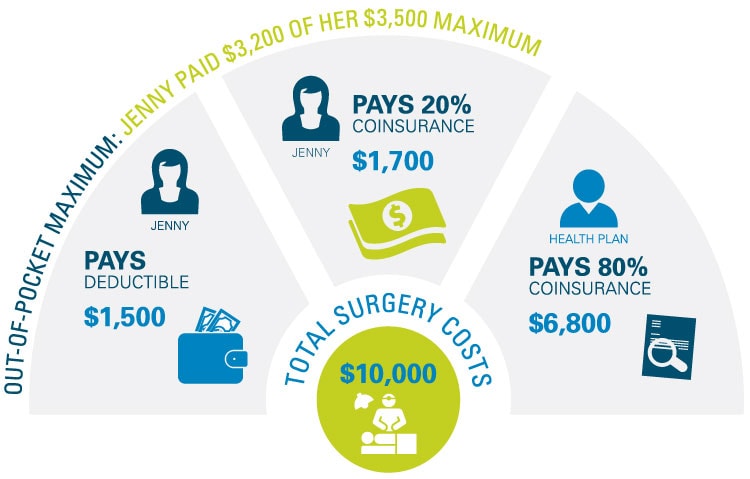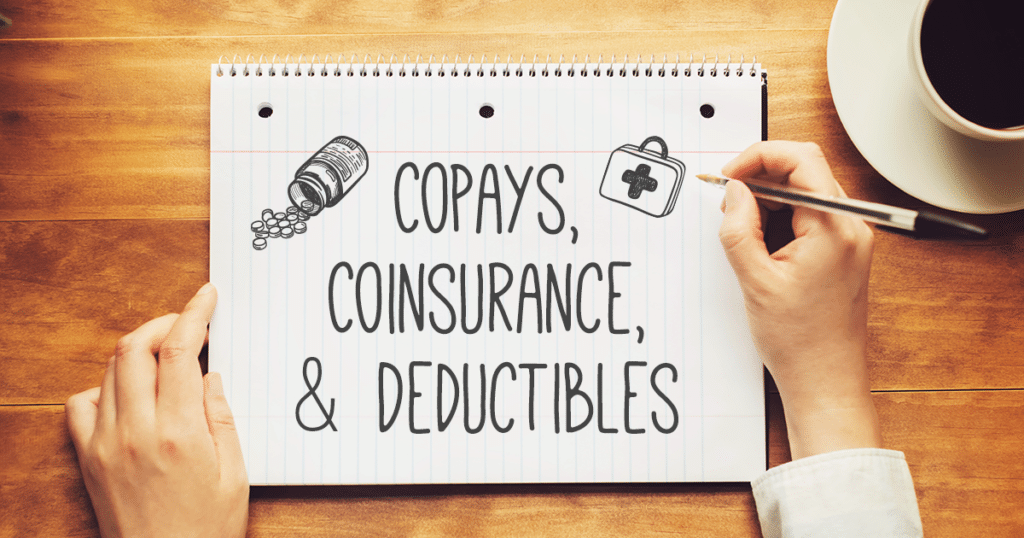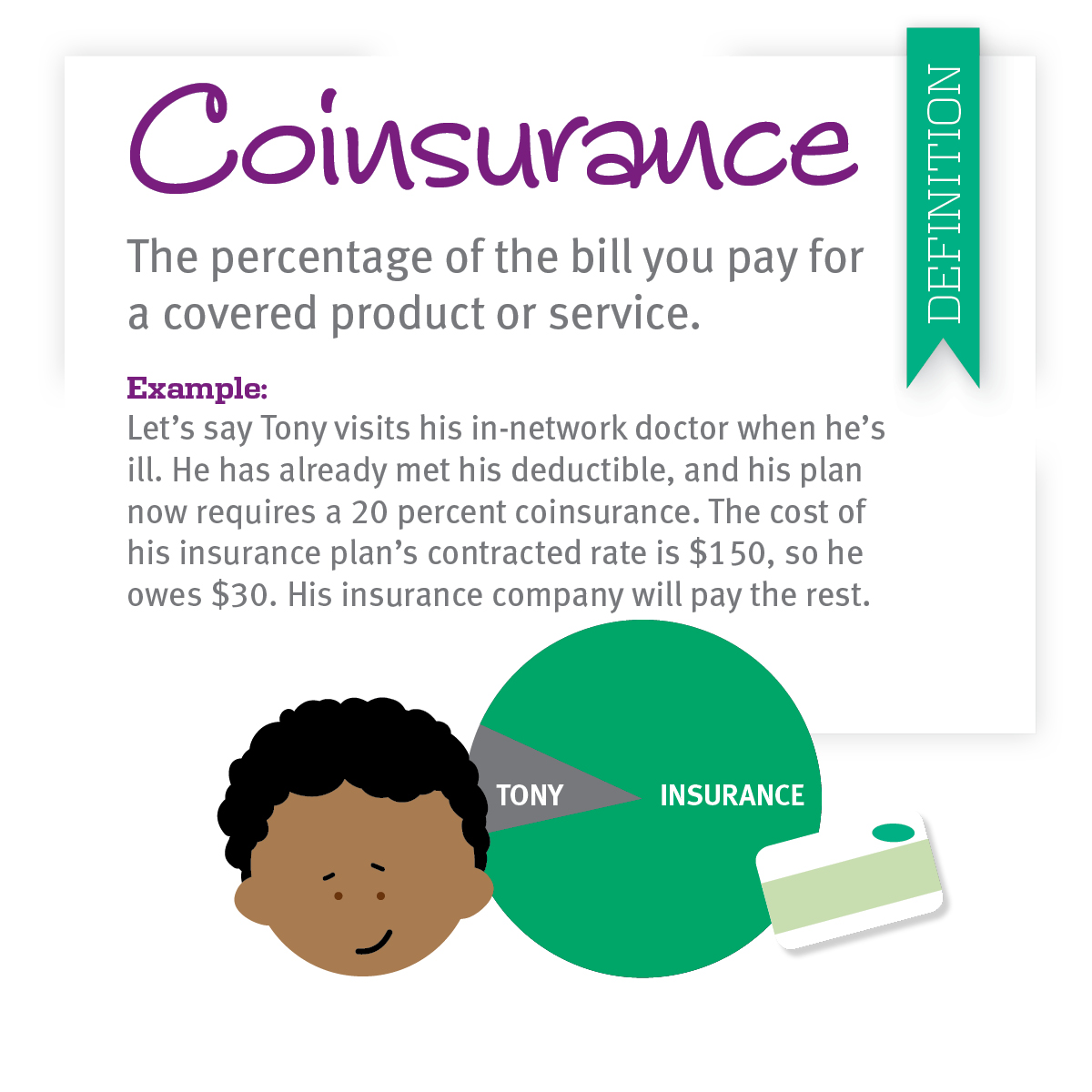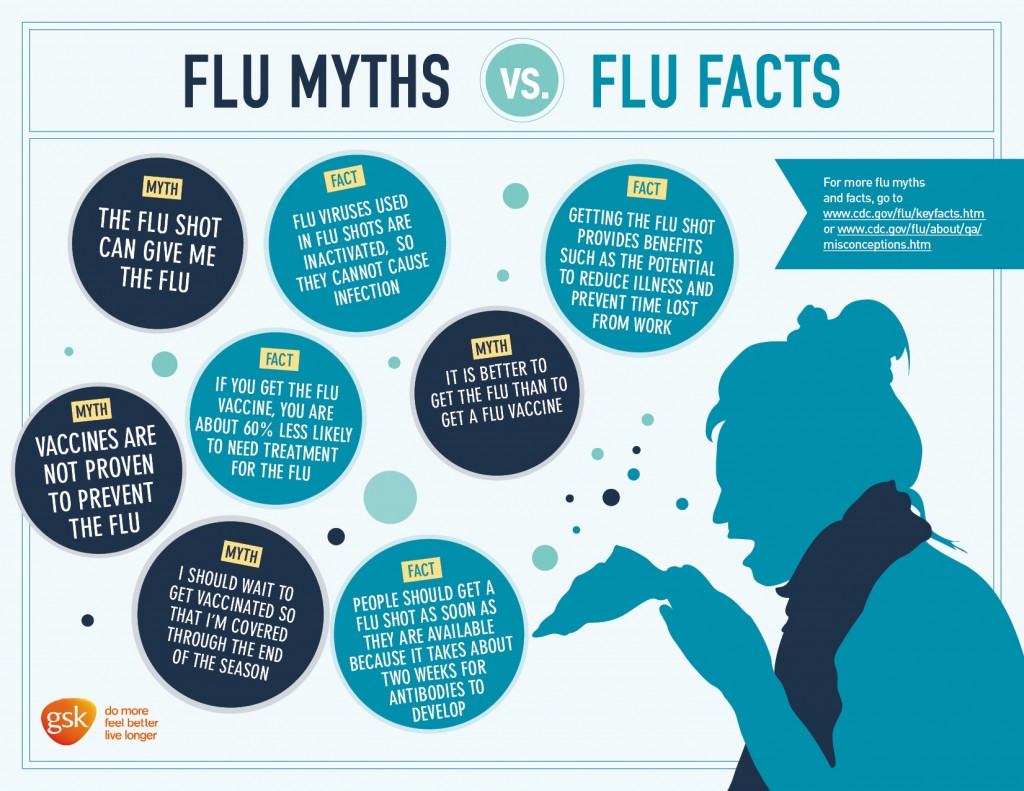After deductible and copay the ER charges total 3200. Coinsurance can apply to office visits special procedures and medications.
 What Is An Out Of Pocket Maximum Bluecrossmn
What Is An Out Of Pocket Maximum Bluecrossmn
Coinsurance is the percentage of your medical costs that you actually have to pay after reaching your deductible.

20 coinsurance after deductible meaning. Your health insurance plan pays the rest. Coinsurance the percentage of cost of a covered health care service you pay once you have met your deductible. For example if you have an 8020 plan it means your.
What Is Coinsurance. Its usually figured as a percentage of the amount we allow to be charged for services. Once you reach your deductible the health plan pays a portion of health care services.
Coinsurance refers to the percentage of treatment costs that you have to bear after paying the deductibles. Your coinsurance after deductible refers to the out-of-pocket expenses you have to pay. Coinsurance is a portion of the medical cost you pay after your deductible has been met.
That 350 is credited toward your yearly deductible. If youve paid your deductible. For instance with 10 percent coinsurance and a 2000 deductible.
If youve met your deductible already but owe a coinsurance of 20 you owe 70 thats 20 of the 350 discount rate. It is similar to the copayment provision under health insurance. For example if your coinsurance is 20 percent you pay 20 percent of the cost of your covered medical bills.
The insurance company pays the rest. Her health plan will pay 80 or 2560 leaving Prudence with a 20 coinsurance of 640. This amount is generally offered as a fixed percentage.
You can think of it as cost sharing between you and the health insurance plan. Coinsurance is the percentage of covered medical expenses you pay after youve met your deductible. Coinsurance is your share of the costs of a health care service.
You start paying coinsurance after youve paid your plans deductible. Plans range between paying 100 coinsurance after deductible to 0. Lets say you visit a doctor because you have an eye infection.
Lets say your health insurance plans allowed amount for an office visit is 100 and your coinsurance is 20. A 20 coinsurance means your insurance company will pay for 80 of the total cost of the service and you are responsible for paying the remaining 20. Coinsurance is the amount you will pay for a medical cost your health insurance covers after your deductible has been met.
When you get an MRI if you havent yet met your deductible you pay 350 for the MRI. As mentioned earlier coinsurance is the percentage of health care services youre responsible for paying after youve hit your deductible for the year. Coinsurance is the amount an insured must pay against a health insurance claim after their deductible is satisfied.
When you incur health care costs from a medical procedure you have to pay out of pocket until you spend a certain amount known as your deductible. Part B covers outpatient care but that includes some ongoing high-cost services such as dialysis. Out-of-Pocket Max the maximum amount you pay each calendar year to receive covered services after you meet your deductible.
You pay 20 of 100 or 20. For example if your deductible is 2000 you must pay 100 of your medical bills after the copayment until you pay the 2000 deductible then the 20 coinsurance kicks in. Medicare Part B has a small deductible and then 20 coinsurance with no limit on how high the bill can get.
4 Most Medicare beneficiaries have supplemental coverage or Medicare Advantage which has a cap on out-of-pocket costs. When you look at your policy youll see your coinsurance shown as a fractionsomething like 8020 or 7030. The percentage of costs of a covered health care service you pay 20 for example after youve paid your deductible.
Your health plan negotiates a discounted rate of 350. What Does 20 Coinsurance Mean. Coinsurance is often 10 30 or 20 percent.
Youve paid 1500 in health care expenses and met your deductible. Coinsurance is the percentage that you and the plan pay for the covered medical expenses until you reach your out-of-pocket maximum. Coinsurance also applies to the.
With a 20 coinsurance you pay 20 of each medical bill and your health insurance will cover 80 after your deductible is met. Lets say your health plan has 20 coinsurance. Copay a fixed dollar amount you must pay to a provider at the time services are received.
Coinsurance is an additional cost that some health care plans require policy holders to pay after the deductible is met. When you pay coinsurance you split a certain cost with the insurance company at a ratio determined by the terms of your insurance plan. Coinsurance is a way of saying that you and your insurance carrier each pay a share of eligible costs that add up to 100 percent.
The other 150 gets written off by the MRI provider. 100 for the ER copay. Once you hit your deductible your insurance company starts splitting the cost of future care based on a.


